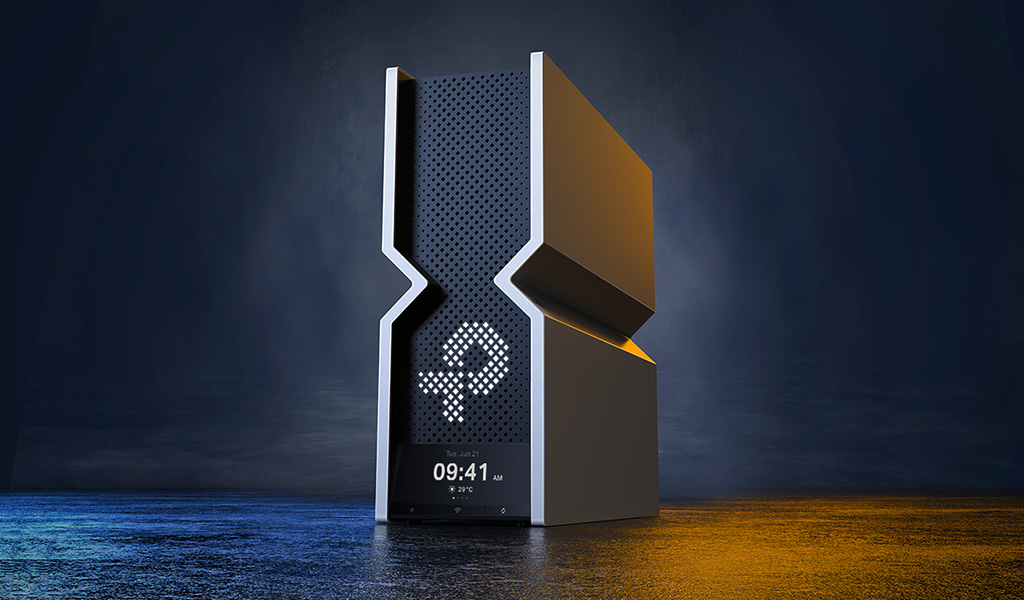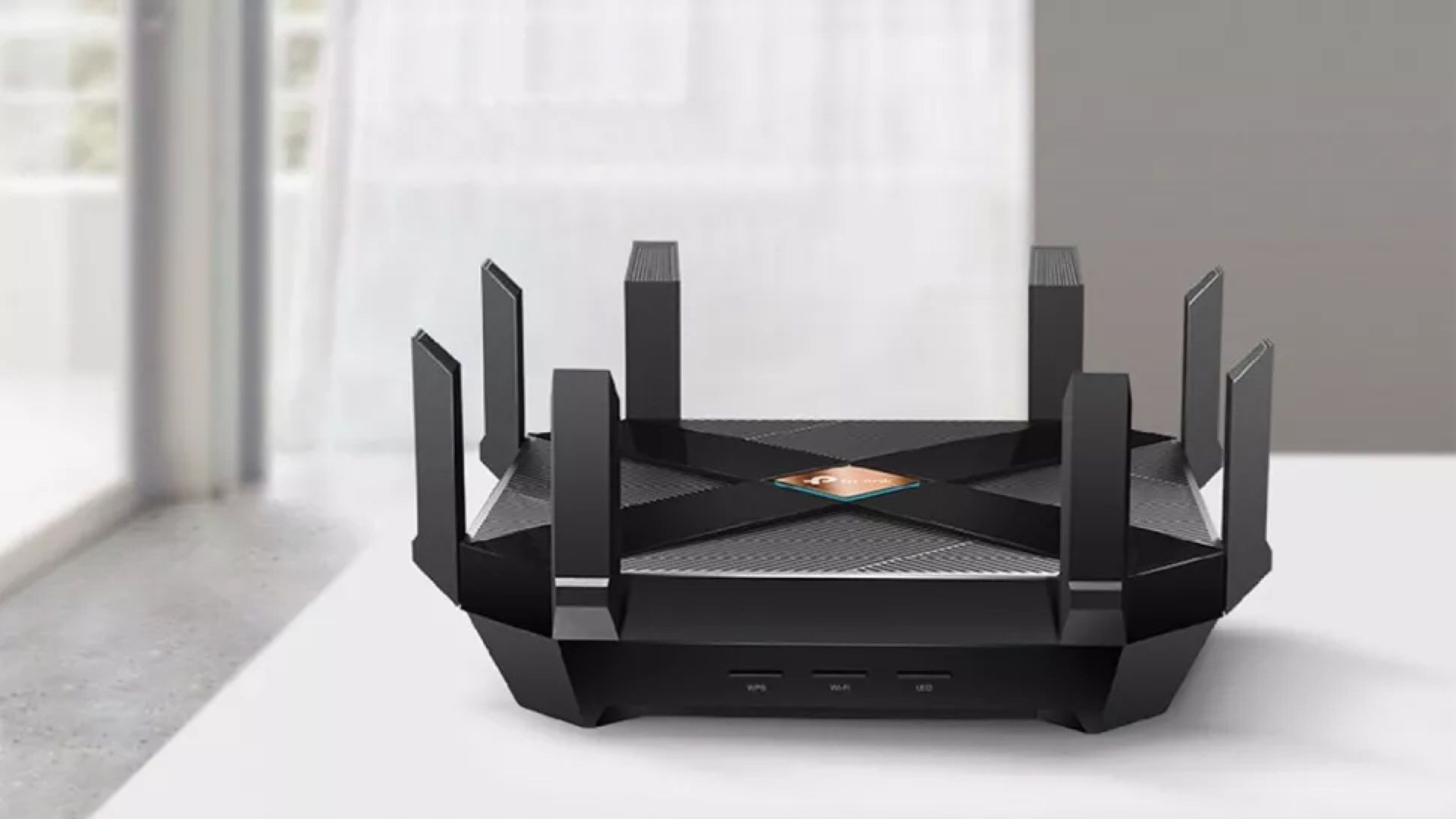Wi-Fi 7 set for full certification in early 2024 — here's what it means for you
The newest Wi-Fi standard is finally almost here

The Wi-Fi 6e standard officially released in 2020, so we've been waiting three years for a new and improved Wi-Fi standard. According to the Wi-Fi Alliance (via Tom's Hardware), this long wait is finally over.
The highly-anticipated Wi-Fi 7 specification is set to be finalized by the end of the first quarter in 2024. The Wi-Fi Alliance says that "Wi-Fi 7 devices are entering the market today, and Wi-Fi CERTIFIED 7 will facilitate worldwide interoperability and bring advanced Wi-Fi performance to the next era of connected devices." But what exactly will this advanced performance look like for you? Here's what you need to know.
How will Wi-Fi 7 improve over Wi-Fi 6/6e?
Starting with the info everyone wants to know, Wi-Fi 7 offers speeds up to 40 Gbit/s, roughly 4.8x faster than Wi-Fi 6. To reach these speeds, Wi-Fi 7 uses three frequency bands (2.4 GHz, 5 GHz, and 6 G Hz) and a channel width of 320 MHz and 4096-QAM. The 320 MHz superwide channels will provide twice the throughput of Wi-Fi 6, and 4096-QAM can produce 20% higher transmission rates compared to Wi-Fi 6's 1024-QAM.
It'll also use features like MU-MIMO and OFDMA, which Wi-Fi 6 and Wi-Fi 6e started, to improve connection speeds. Tom's Hardware notes that with these speeds, Wi-Fi 7 could actually be a "strong alternative to traditional wired Ethernet."

The Wi-Fi Alliance writes, "As user demand for high capacity, low latency technologies like AR/VR/XR, cloud computing, and Industrial IoT grows across market segments, Wi-Fi 7 devices will deliver optimized performance, even in dense environments in the 2.4 and 5 GHz band."
The low-latency promises of Wi-Fi 7 position it to target the burgeoning AR/VR/XR headset market, but Tom's Hardware points out that direct wireless connections are difficult to achieve in modem environments. It'll be interesting to see how well 2024 headsets, like Apple's Vision Pro or Samsung's rumored VR/XR headset, perform with Wi-Fi 7 compared to Wi-Fi 6, given that they support the new standard, of course.
There are a few Wi-Fi 7-badged adapters for PCs and routers available today that adhere to the 'draft' Wi-Fi 7 specification. Most 'draft' devices will be able to support the full Wi-Fi 7 standard after a firmware update, and they'll work perfectly fine on a consumer level. However, enterprises in crowded office buildings will want to upgrade to a "fully ratified device," according to Tom's Hardware, because they work over very specific frequencies.
Sign up to receive The Snapshot, a free special dispatch from Laptop Mag, in your inbox.

Sarah Chaney is a freelance tech writer with five years of experience across multiple outlets, including Mashable, How-To Geek, MakeUseOf, Tom’s Guide, and of course, Laptop Mag. She loves reviewing the latest gadgets, from inventive robot vacuums to new laptops, wearables, and anything PC-related. When she's not writing, she's probably playing a video game, exploring the outdoors, or listening to her current favorite song or album on repeat.
